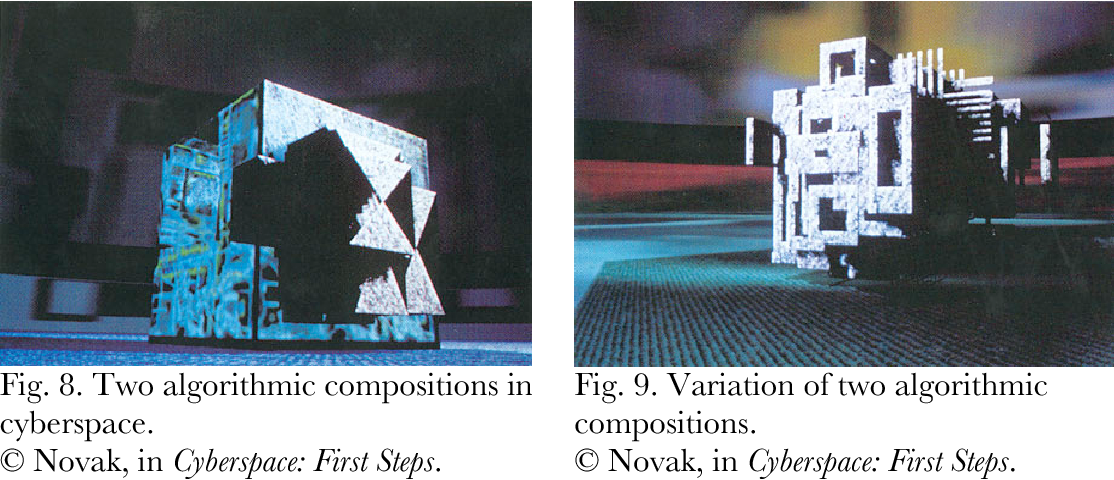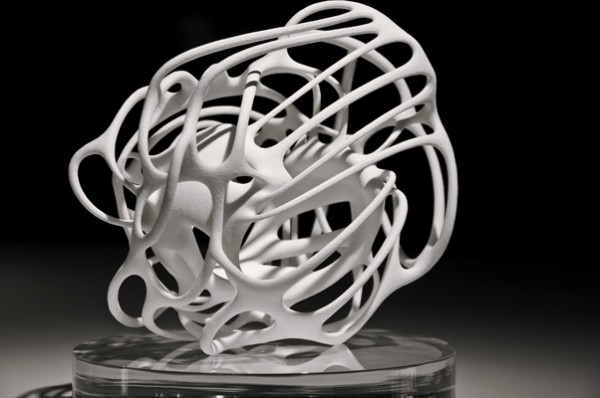

September 11 and the WTC’s debris make it increasingly difficult to perceive the complex forms of virtual architectures. However, Hani Rashid of Asymptote Architecture pointed out the psychological consequences of real events. To make the invisible visible, this seems to be one of the decisive tendencies of architects in an era of ‘network cities’.

Peter Trummer has investigated the communication and transportation systems of the Australian hinterland, and the Flying Doctors as a part of the network structure of the Outback as an urban phenomenon. As a result, more experimental architects and urbanists are increasingly concerned with invisible urbanism. Mitchell, Cyberspace theorists at MIT, bank branches and libraries, as places of concrete exchange, will increasingly shape our urban spaces. Certainly, in a time of decentralized communication and the disappearance of concrete places of exchange, there is a need to understand this new reality linguistically.Īccording to the futurological statements by William J. In this context, slogans such as ‘hybrid spaces’ and ‘soft urbanism’ also fell. Thus, Elizabeth Sikiaridi explained the term ‘idensity’, which has already been protected by her, which describes the density of media and urban networks and the fusion of virtual and real spaces. A large part of the conference dealt with the conceptual definition of the future.

International luminaries of architecture in real space like Toyo Ito were placed alongside pioneers of virtual architecture: Marcos Novak, Peter Anders or Hani Rashid. This year’s exhibition “We are building the future for you” was presented by the prominent lecturers as designers of the future. The conference is an initiative of architect Jacques Herzog. As the first event of a series of 5 planned architectural symposia under the a2b umbrella, the ‘Mobility-Immobility’ opened the door to a wide field.


 0 kommentar(er)
0 kommentar(er)
